Pantone Coated Vs Uncoated – Detailed Comparison 2024
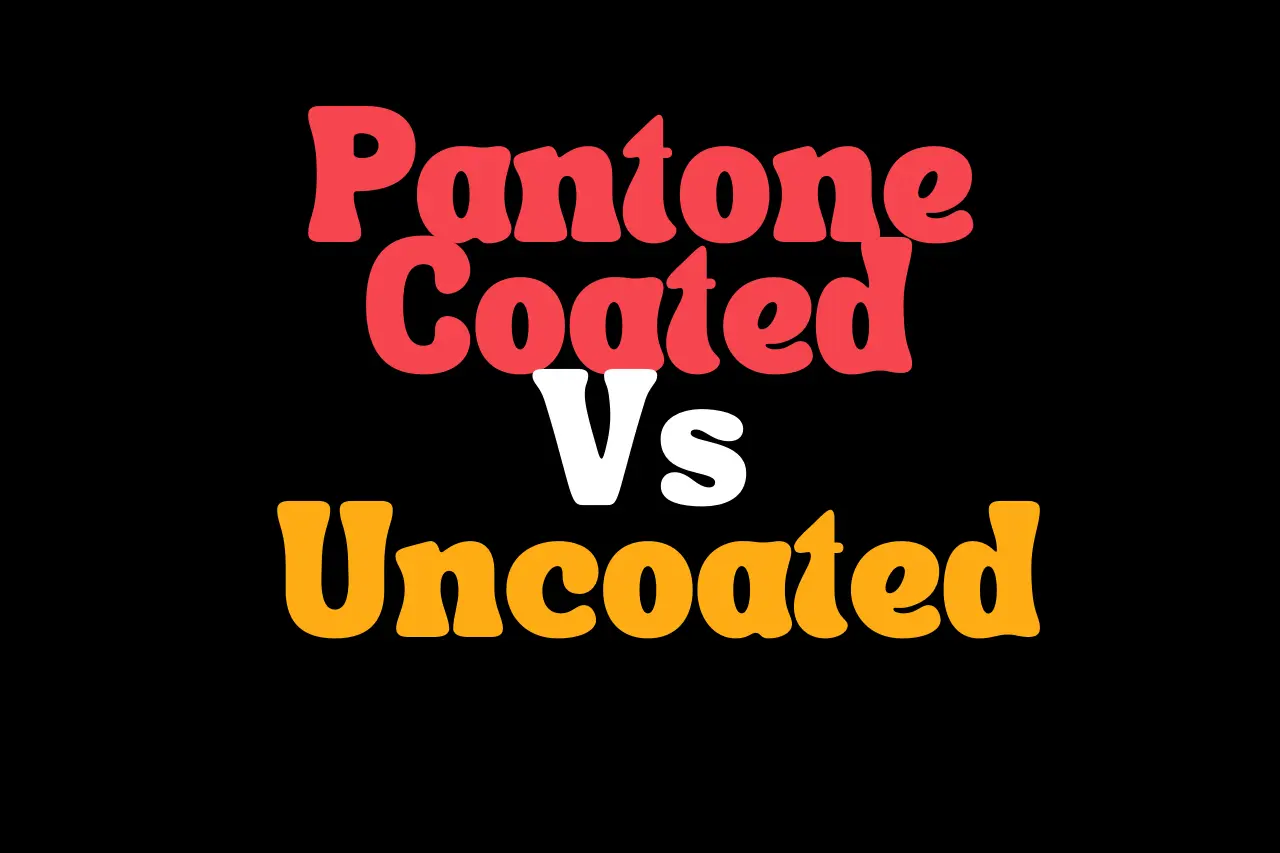
When it comes to printing, finding the best paper that suits your needs could be a daunting process, because the printing market is now flooded with various terms such as foil stamping, stock, Pantone coated or uncoated. But today, we’re gonna overview Pantone Coated Vs Uncoated printing papers which are commonly used due to the best output.
But without further delving, here is the main difference between these papers:
“Coated paper boasts a glossy finish, with the ink resting on top of the coating, minimizing ink absorption. On the flip side, the uncoated paper lacks a surface coating, allowing for maximum ink absorption into the paper.”
When the identical PANTONE color is printed on both uncoated and coated paper, its visual presentation can differ significantly. While there’s a slight difference in ink film thickness, the primary contrast is directly linked to how the ink reacts with the paper.
In our perspective, choosing Pantone Paper for printing on the basis of the above difference, because some important things should also be considered. So, if you want to become more familiar with these two types of printing papers, you must stick to this blog, Pantone Coated Vs Uncoated till the end. Hence, let’s get started.
Pantone Coated VS Uncoated – Comparison Table
Here’s a detailed comparison table between Pantone Coated and Uncoated Printing Paper:
| Feature | Coated Paper | Uncoated Paper |
| Color Appearance | Vibrant, bold, rich | Softer, muted, slightly less intense |
| Detail Clarity | Crisp, sharp lines and elements | Slightly less sharp, text can be more readable |
| Ink Absorption | Less absorption, ink sits on top | More absorption, ink diffuses into paper |
| Paper Surface | Smooth, glossy, reflective | Textured, matte, natural |
| Durability | More durable, resistant to scratches and moisture | Less durable, susceptible to wear and tear |
| Eco-Friendliness | Less eco-friendly, coating process uses more resources | More eco-friendly, uncoated is recyclable |
| Cost | Generally more expensive | Generally less expensive |
| Best For: | High-impact visuals, photos, magazines, packaging, brochures, modern designs | Earthy feel, invitations, stationery, documents, natural aesthetics, budget options |
| Examples | Magazine covers, glossy brochures, luxury packaging | Handmade invitations, greeting cards, art prints, reports |
What’s Pantone Coated Paper? Overview
Pantone Coated is synonymous with vibrancy and precision. The coated paper, featuring a smooth and glossy surface, serves as the canvas for colors that pop. This glossy finish enhances color sharpness and provides a polished, professional appearance. Ideal for marketing materials and packaging, Pantone Coated ensures that colors command attention and leave a lasting impression.
What’s Pantone Uncoated Paper? Overview
Contrasting its coated counterpart, Pantone Uncoated finds its niche in a more organic and subdued aesthetic. The absence of a glossy coating results in a matte and porous surface. This quality imparts a tactile feel to the printed material and lends itself well to designs seeking a softer, more natural look. Business cards, stationery, and certain publications often benefit from the understated charm of Pantone Uncoated.
Advantages and Disadvantages of Pantone Coated
Advantages
- Dazzling Colors
Coated paper allows colors to truly sing. Dark shades appear bold and rich, while lighter hues retain their luminosity. Think magazine covers bursting with life, eye-catching packaging that leaps off shelves, and high-resolution photos that reveal every detail.
- Sharp Details
Fine lines and intricate elements, like tiny logos or delicate typography, render crisply on coated paper. This makes it ideal for technical diagrams, intricate illustrations, and elegant invitations.
- Durable and Protective
The coating acts as a shield, protecting printed materials from scratches, fingerprints, and even moisture. This makes coated paper a smart choice for brochures, menus, and packaging destined for high-traffic environments.
- Modern and Sophisticated
A high-gloss finish exudes a modern, luxurious vibe, perfect for brands aiming for a premium image. Think high-end fashion catalogs, art prints, and corporate reports.
Disadvantages
- Subdued Muted Tones
Lighter shades may appear slightly less vibrant on coated paper compared to uncoated, losing some of their delicate charm.
- Glare Potential
Glossy finishes can create glare under certain lighting conditions, impacting readability and visual comfort.
Advantages and Disadvantages of Pantone Uncoated
Advantages
- Earthy Charm
Uncoated paper lends itself to a muted, organic aesthetic. Colors appear softer and more subtle, exuding a natural, vintage vibe. This is ideal for eco-friendly packaging, handmade invitations, greeting cards, and art prints with a rustic charm.
- Easy Readability
Due to the ink absorption, text tends to be slightly diffuse and less harsh on the eyes. This makes uncoated paper perfect for lengthy documents, books, and reports where readers engage with text for extended periods.
- Budget-Friendly
Uncoated paper is generally cheaper than its coated counterpart, making it a cost-effective option for flyers, internal documents, and basic packaging where visual impact isn’t the primary concern.
- Tactile Experience
The textured surface of uncoated paper creates a unique sensory experience, adding depth and warmth to the printed piece. This can be especially appealing for invitations, business cards, and stationery.
Disadvantages
- Subdued Colors
Dark shades may appear less intense on uncoated paper, losing some of their punchiness.
- Less Detail
Fine lines and intricate elements might not be as sharp on uncoated paper compared to coated, potentially losing some clarity.
Which One to Choose: Pantone Coated VS Uncoated
The choice between Pantone colors, offset printing, and paper types depends on your envisioned design. Offset printing often employs Pantone colors for their vivid results, making coated paper the preferred choice for items like magazines, journals, book covers, photographs, catalogs, and promotional materials. PromoNotes, for instance, commonly uses coated paper for crafting appealing covers and promotional cards accompanying their notebooks.
Conversely, uncoated paper finds its place in everyday items, offering a more casual feel. However, its distinctive qualities can infuse a touch of sophistication into a design. That’s why uncoated paper is commonly chosen for business cards, envelopes, brochures, or invitations. In the realm of notebooks, it takes center stage for crafting the internal blocks, adding a refined touch to the overall design.
FAQs of Pantone Coated VS Uncoated
Final Thoughts
In short, both Pantone Coated and Uncoated have different qualities, usages, and others. As Pantone Coated is more expensive than Pantone Uncoated, it totally depends on which paper you choose according to your use.
Hence, we’ve also listed some advantages and disadvantages of both printing papers. This guide on Pantone Coated Vs Uncoated will help you a lot to choose the perfect one for you. On the other hand, feel free to reach out via the given comment box, if you’ve any questions in mind.

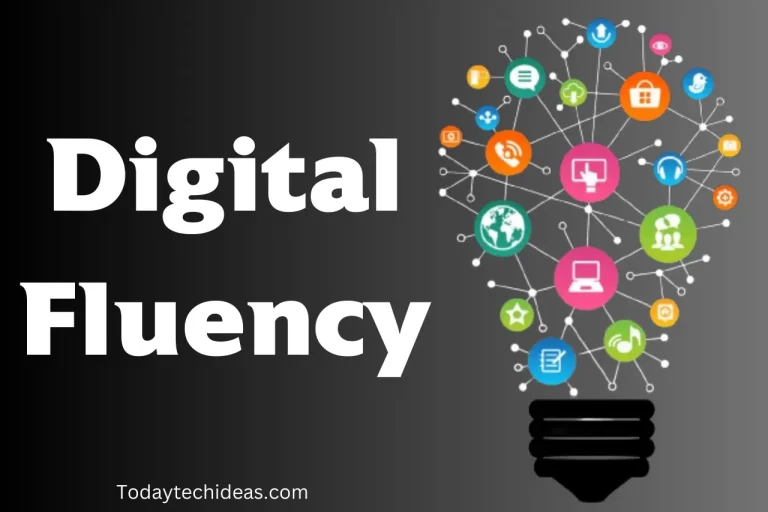
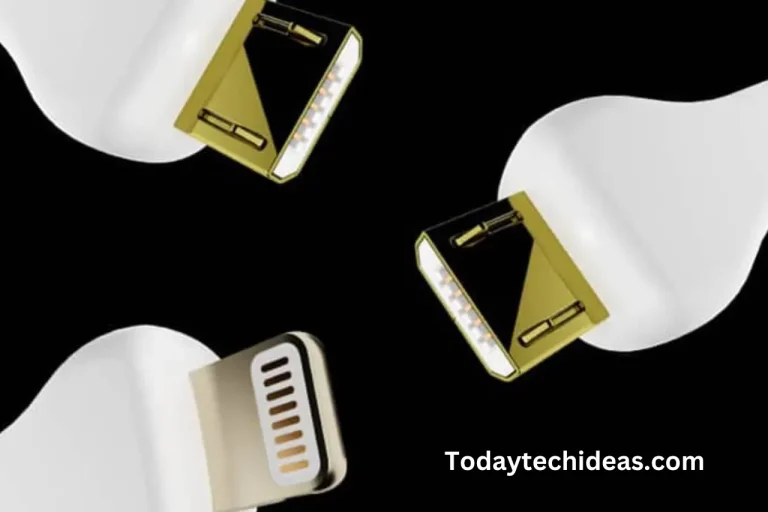
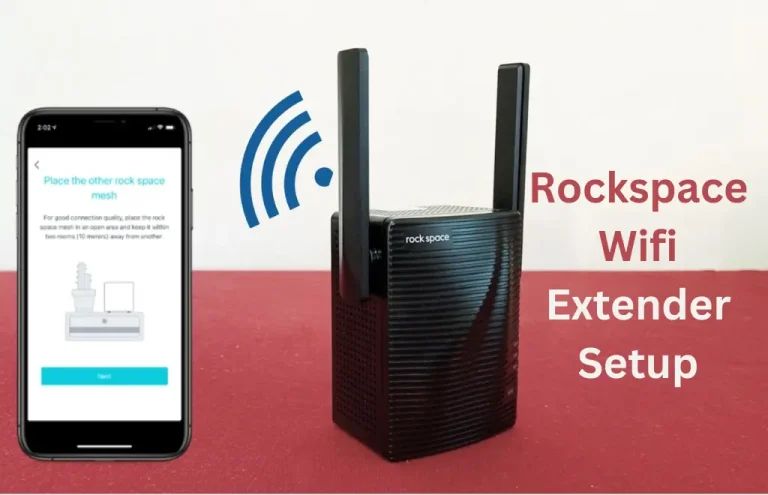

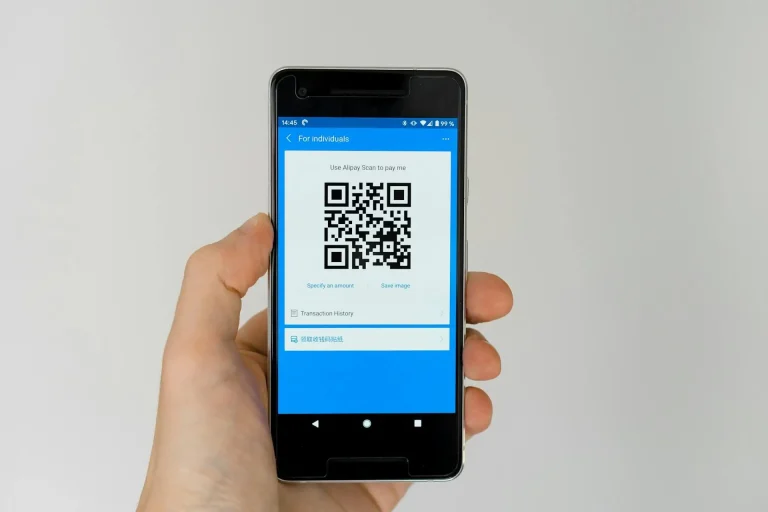
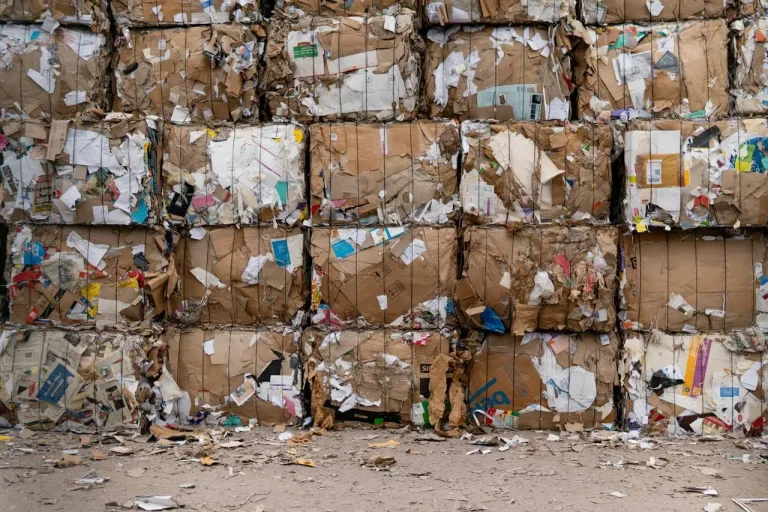
2 Comments